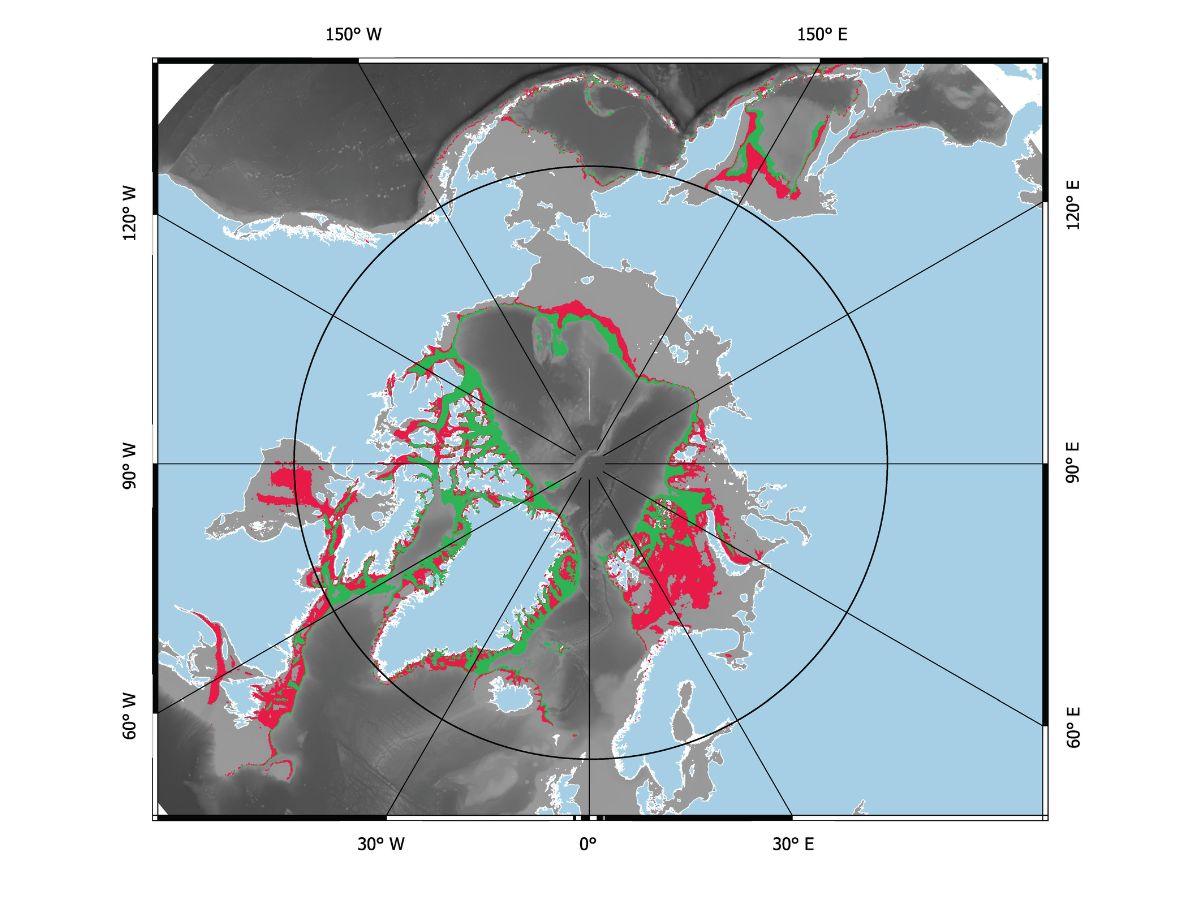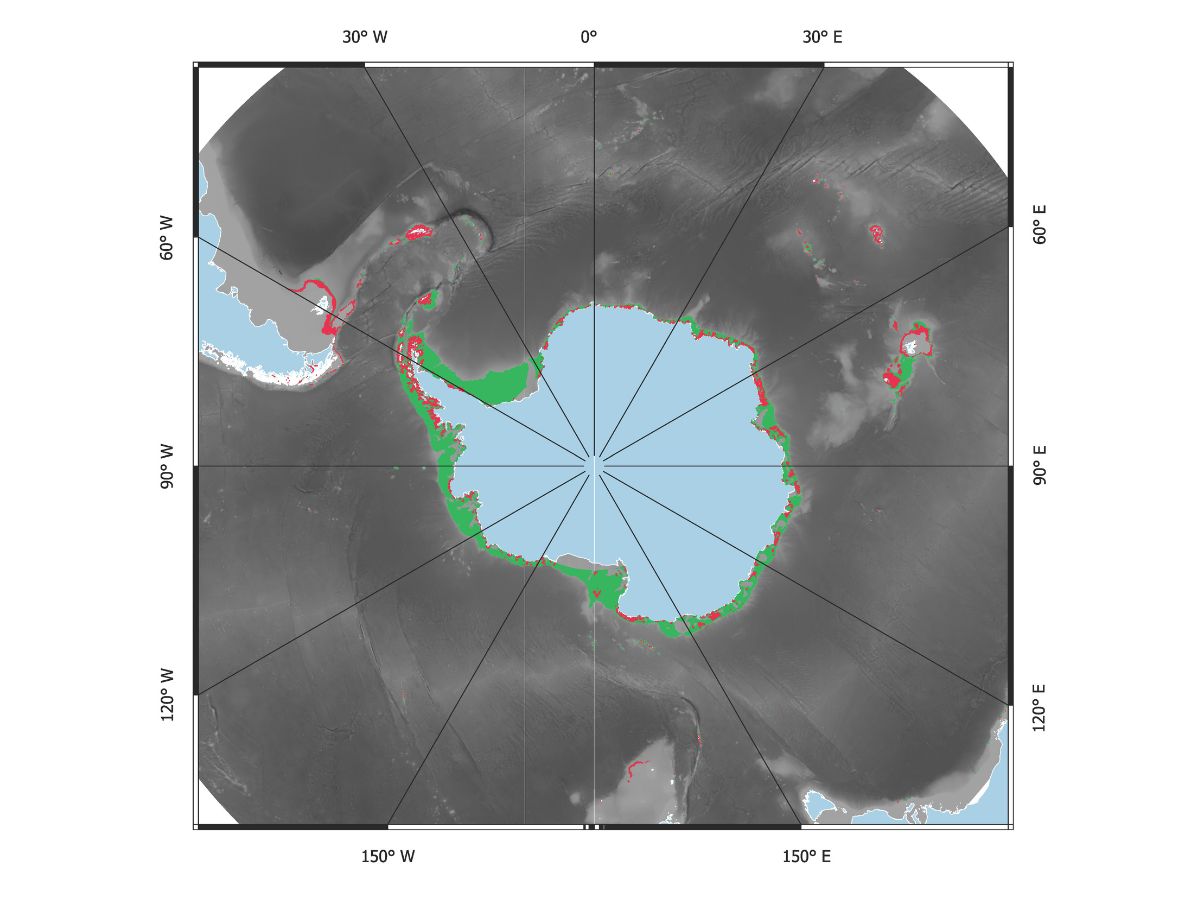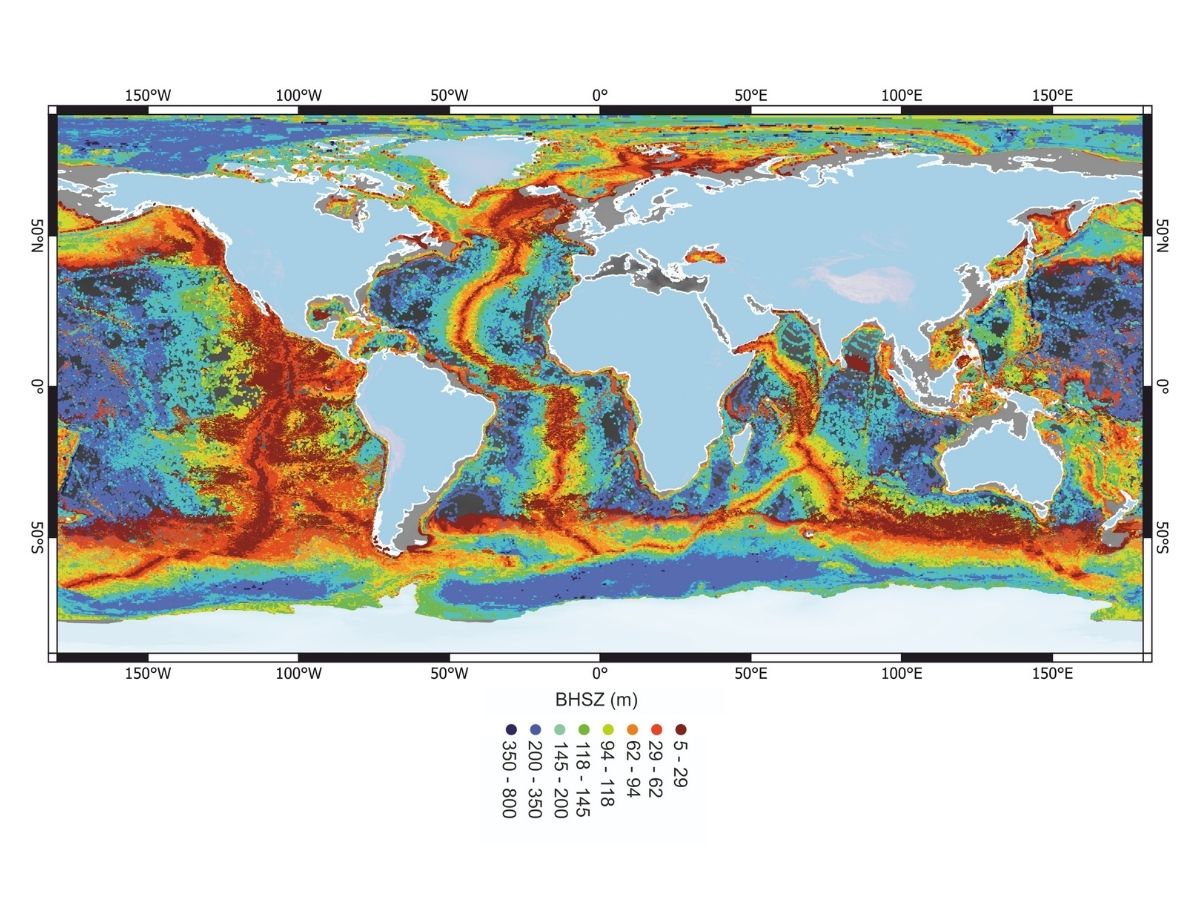
Researchers at OGS develop a new model to assess CO₂ hydrate stability, with implications for atmospheric carbon dioxide reduction
A new study, published in the international journal Scientific Reports and conducted by two researchers from OGS, Umberta Tinivella and Michela Giustiniani, has modelled the stability of methane and carbon dioxide hydrates in marine sediments. This pioneering research paves the way for the development of new strategies to reduce greenhouse gas concentrations in the atmosphere, especially carbon dioxide.
The study, which was carried out as part of the PRIN – PNRR "CO₂-RESTO" project and funded by the European Union – Next Generation EU, is the first to produce a global-scale model to identify areas where stable CO2 hydrates can form in marine sediments. These hydrates are ice-like crystalline structures in which gas molecules are trapped within a framework of frozen water. These compounds are of significant interest due to their potential role in mitigating climate change, as they represent a possible natural solution for long-term CO2 storage.
"We are aware that natural gas hydrates, primarily methane hydrates, comprise the largest gas reserve on the planet, and it is estimated that the organic carbon stored in hydrates is double that of all extractable fossil fuel sources," explains one of the scientists involved in the research, Michela Giustiniani.
The study considers several key parameters, including water salinity, sea depth, geothermal gradient, and sediment thickness. The results indicate that the most promising zones for the formation and long-term stability of CO2 hydrates are polar regions and shallow coastal areas with low salinity and a reduced geothermal gradient.
Many empirical and theoretical models have been developed to understand and model the stability of methane hydrates. However, the stability of other types of hydrates, such as CO2 hydrates, has remained relatively unexplored until the publication of this study.
The research conducted by the OGS scientists therefore "represents an important step towards a better understanding of the processes leading to CO2 hydrate formation beneath the ocean floor", explains Umberta Tinivella, lead author of the study. "Our modelling provides a foundation for future technological applications, including the storage of carbon dioxide in hydrate form and the replacement of methane in natural hydrates. These applications are expected to have significant benefits in terms of both energy and environmental impact".


